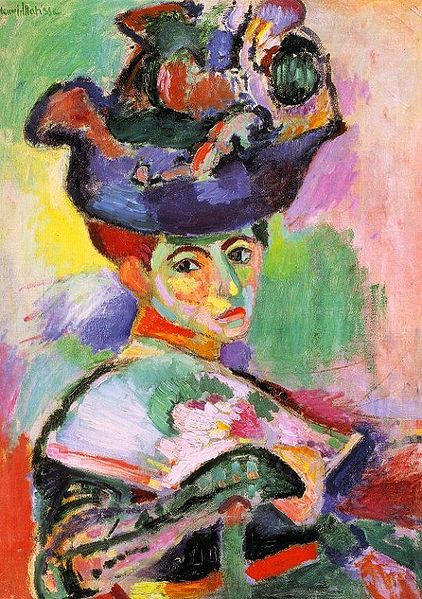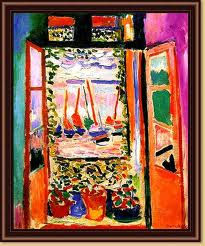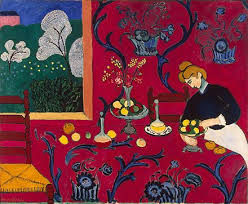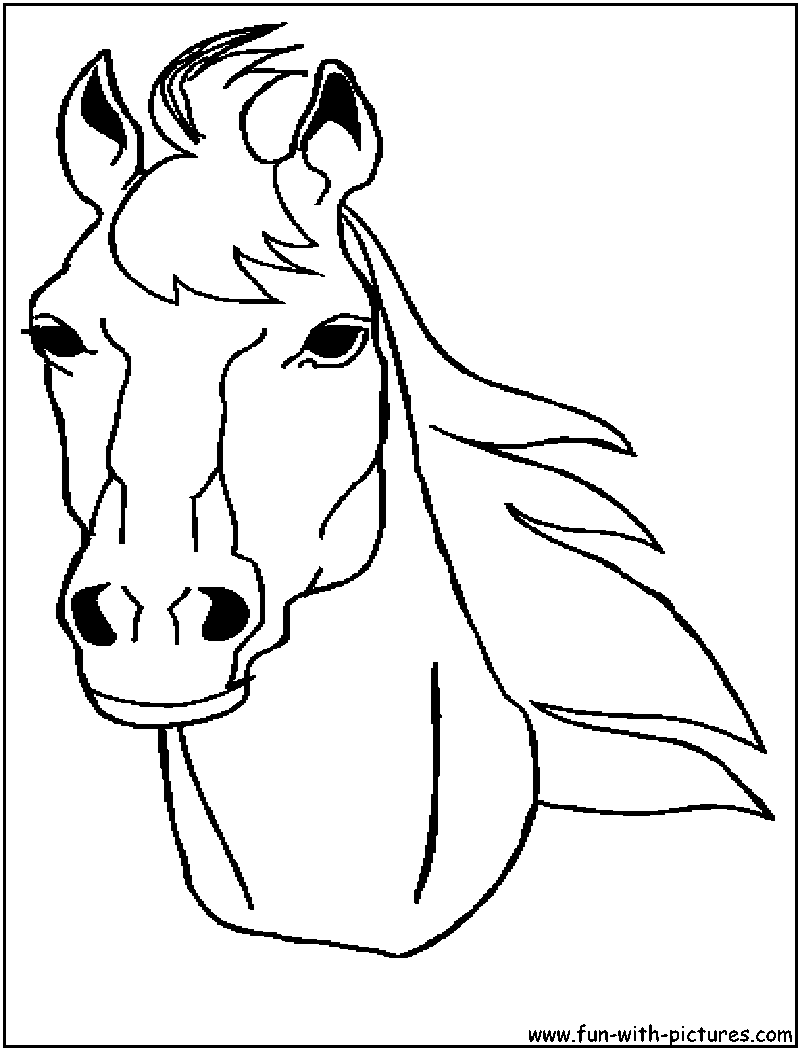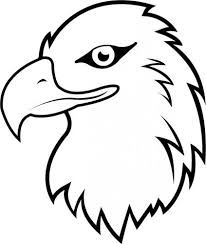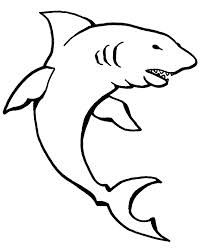SAINTANDREWSCHOOL
ARTHISTORY
Fauvism France 1898----1908
Fauvism is the style of les Fauves (French for "the wild beasts"), a loose group of early twentieth-century Modern artists whose works emphasized painterly qualities and strong color over the representational or realistic values retained by Impressionism. The paintings of the Fauves were characterized by seemingly wild brush work and strident colors, while their subject matter had a high degree of simplification and abstraction.[3] Fauvism can be classified as an extreme development of Van Gogh's Post-Impressionism fused with the pointillism ofSeurat[3] and other Neo-Impressionist painters, in particular Paul Signac. http://en.wikipedia.org/wiki/Fauvism
ARTIST:
Henri Matisse
artist often regarded as the most important French painter of the 20th century. The leader of the Fauvist movement around 1900, Matisse pursued the expressiveness of colour throughout his career. His subjects were largely domestic or figurative, and a distinct Mediterranean verve presides in the treatment. Matisse's artistic career was long and varied, covering many different styles of painting from Impressionism to near Abstraction. Early on in his career Matisse was viewed as a Fauvist, and his celebration of bright colors reached its peak in 1917 when he began to spend time on the French Riviera at Nice and Vence. Here he concentrated on reflecting the sensual color of his surroundings and completed some of his most exciting paintings. In 1941 Matisse was diagnosed as having duodenal cancer and was permanently confined to a wheelchair. It was in this condition that he completed the magnificent Chapel of the Rosary in Vence. Matisse initially became famous as the King of the Fauves, an inappropriate name for this gentlemanly intellectual: there was no wildness in him, though there was much passion. He is an awesomely controlled artist, and his spirit, his mind, always had the upper hand over the "beast" of Fauvism. http://www.ibiblio.org/wm/paint/auth/matisse/
ARTISTS' WORK:
ABOUT YOUR ASSIGNMENT:
In this assignment you will be creating your own painting as a fauvist painter would. You will choose one of the line drawings below as your subject and create your own color scheme for the subject and the background. Sometimes we can attach a color to the emotions we are feeling. Have you ever heard the phrases “So mad he could see red”, “Feeling blue”, or “Being green with envy”. Artists use color to create different moods- through color intensity (bright & dull) and color value (light & dark). Les Fauves believed that color should be used to express the artist’s feelings about a subject, rather than simply to describe what it looks like. Artist’s also sometimes use color schemes to create moods (complementary colors create excitement). Using colors deliberately gives a deeper expression to our artwork and evokes different emotional responses in the viewer. A Peaceful Mood is created by using dull & light colors. Earth tones, like the colors of the sea, sand, and rocks. The colors have a low saturation (dull) and are subtle. A Playful Mood is created by using bright- fully saturated bright colors (Pure hues -straight off the color wheel-like crayon colors)
MATERIALS:
12" x 18" white paper, tempera paints, pencil, erase, black sharpie
INSTRUCTIONS / PROCEDURES:
http://createartwithme.com/2013/05/27/fauvism-art-project/
1. Choose one of the animals below as your subject.
2. Draw subject matter in pencil on a 12" x 18" sheet of paper, then outline in sharpie.
3. Using BRIGHT colors, paint the subject matter-switch colors often, use complementary colors next to each other (creates excitement).
4. For the background paint large blocks of bright colors.
5.Finaly, write a 250 word description of your work, why did you choose this era, what was most difficult about completing the project, what was most enjoyable about working on the project, in what ways does your project fit into the era you chose. Type your paper in "Arial font 14", Give your work a title,
EXAMPLE:
